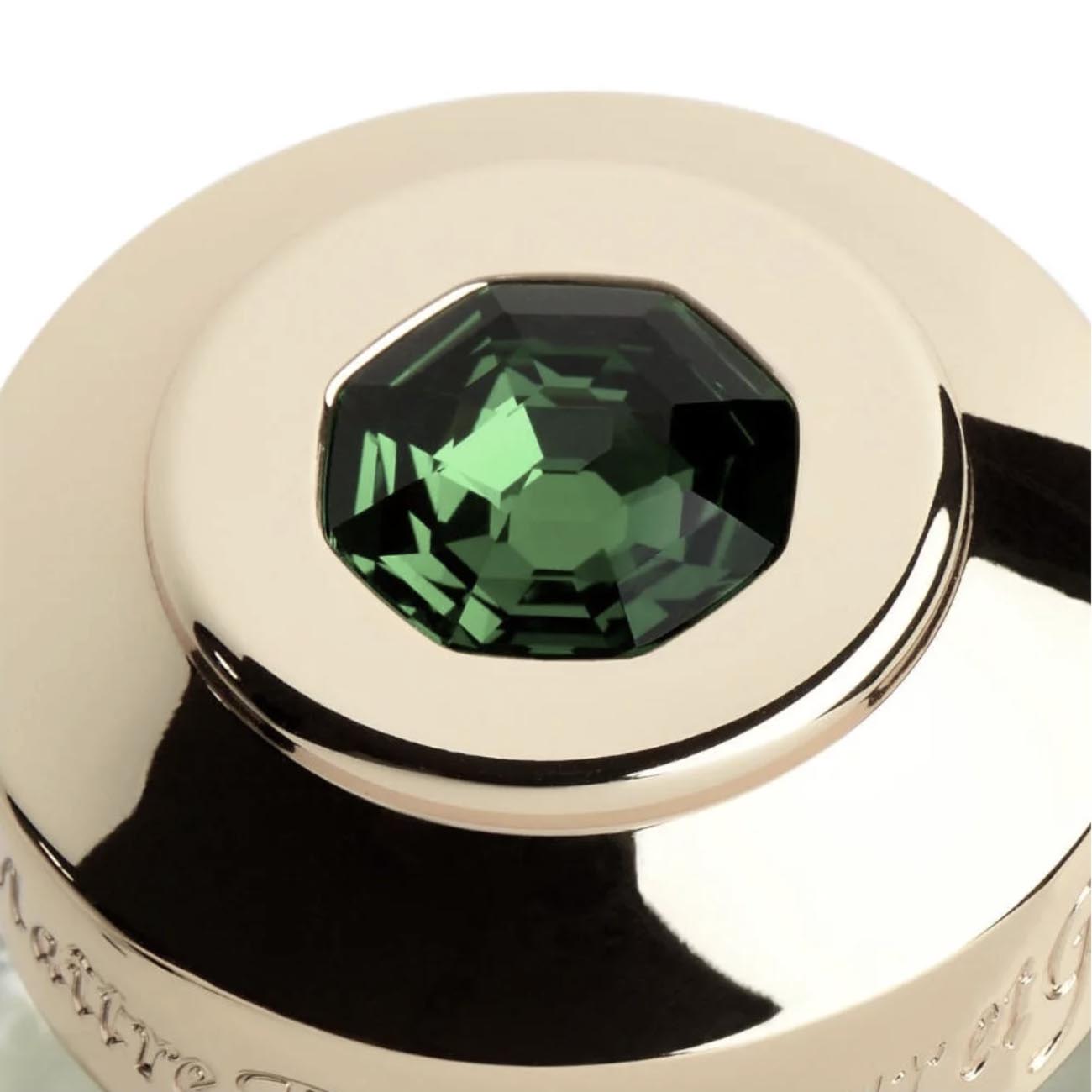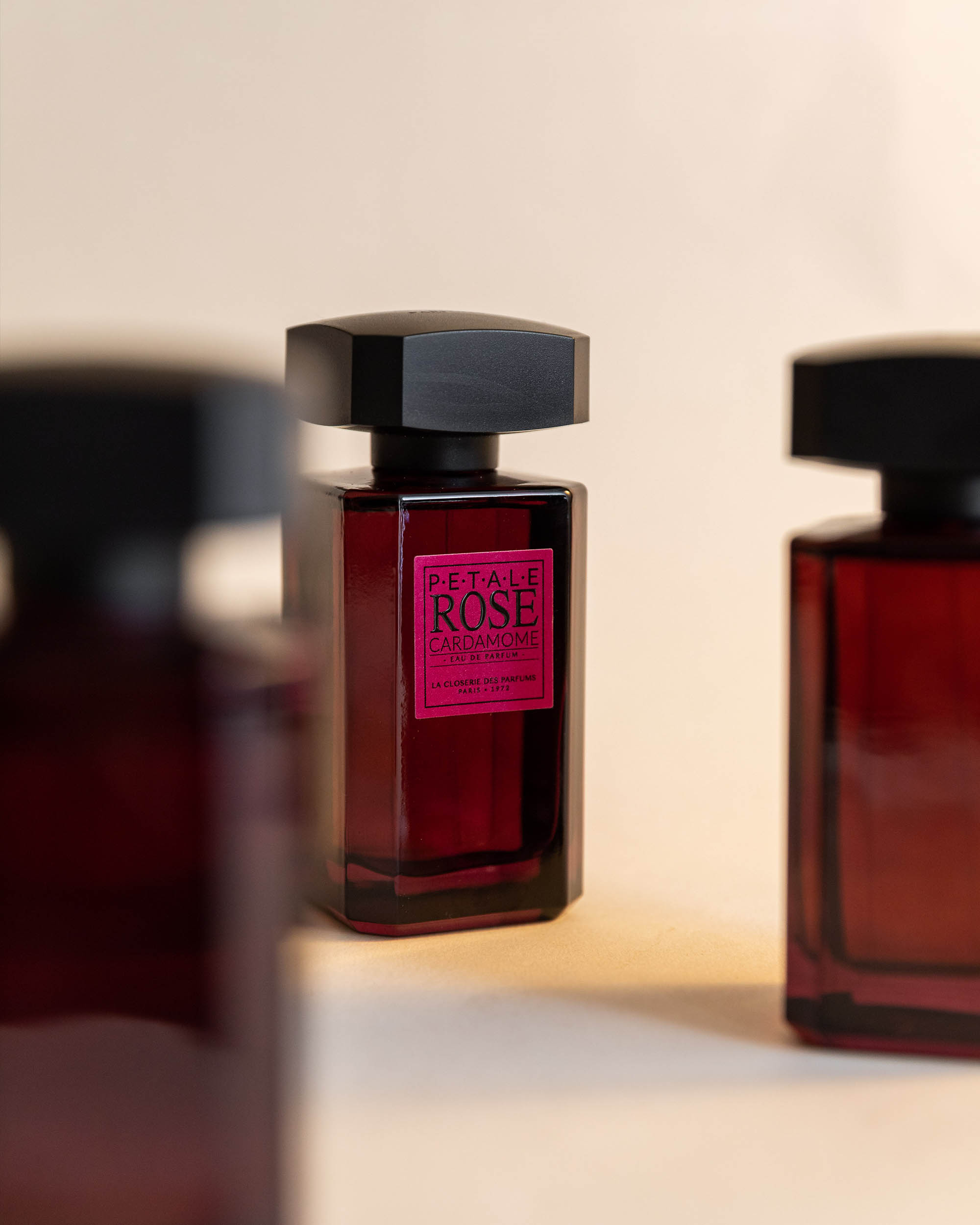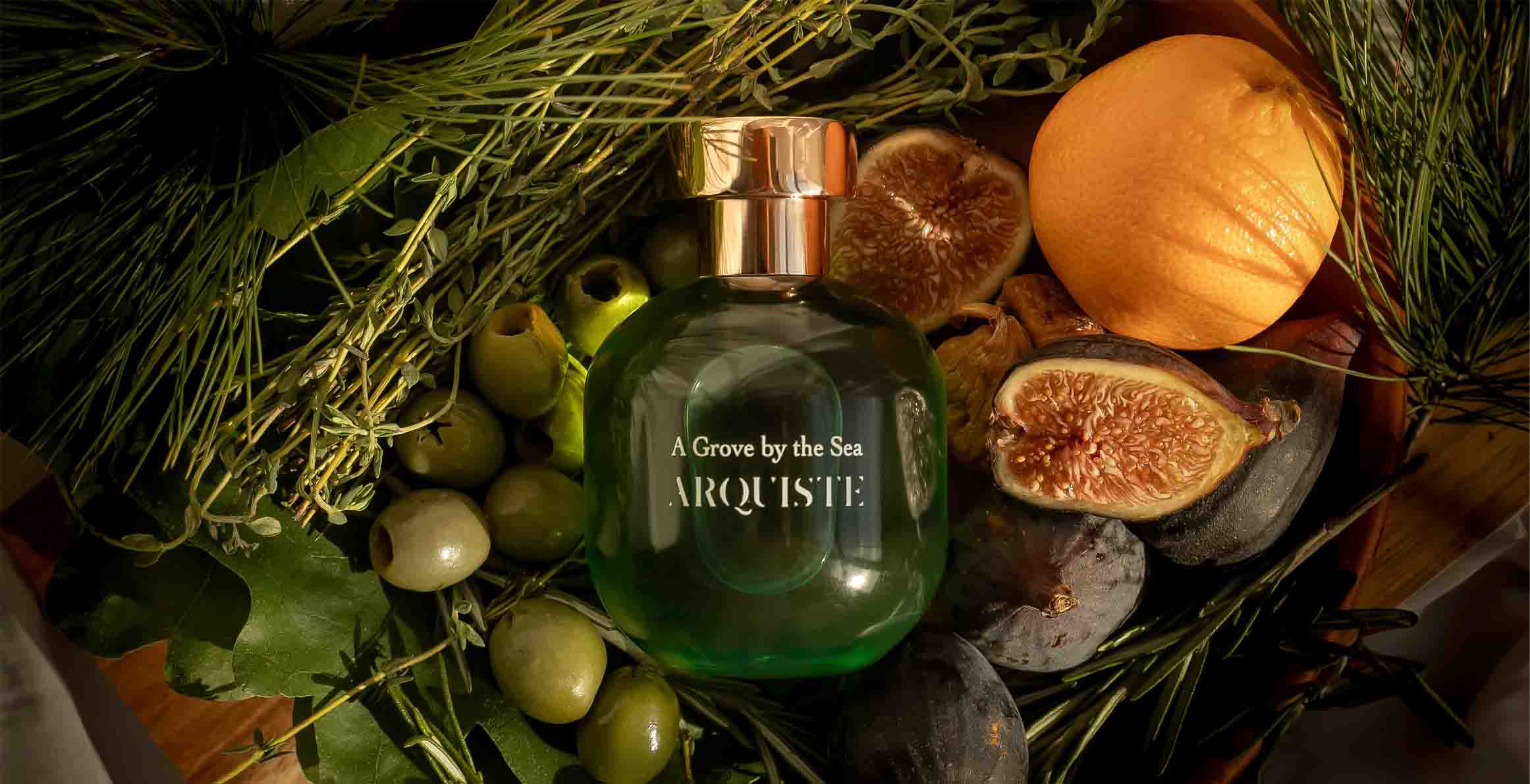Tuberose in Perfumery: The Luxurious Essence of a Rare Flower
The world of perfumery is an intricate and fascinating realm, where each ingredient adds its unique touch to create unforgettable fragrances. Among these, tuberose stands out for its rich, intoxicating scent and luxurious appeal. Understanding its journey from plant to perfume can enhance your appreciation for this exceptional note.Contents
Introduction to TuberoseThe Origins of Tuberose
Extracted and Processing Tuberose
The Scent Profile of Tuberose
The Role of Tuberose in Perfumery
Our Top Picks
Introduction to Tuberose
Tuberose, a part of the Agave genus, is an iconic and essential ingredient in perfumery. Renowned for its powerful and alluring fragrance, tuberose is cherished for its ability to transform any perfume into a luxurious with its rich bouquet. It is steeped in a rich history and remains one of the few ingredients to be processed using an age-old technique. Let’s delve into the world of tuberose and uncover why this remarkable ingredient holds such a prestigious place in perfumery.The Origins of Tuberose
Native to Southern Mexico, tuberose is a member of the asparagus family and shares its genus with Agave tequilana, the source of tequila. The plant is characterised by a small rosette of leaves and a tall stem that can reach up to four feet in height. In summer, it blooms with white, highly fragrant flowers. The name "tuberose" is derived from its underground tubers, which store water and nutrients, much like other agaves.
Tuberose has been a revered ingredient in perfumery for centuries, known as 'The Carnal Flower' for its intensely seductive scent.

Processing and Extracting Tuberose
The extraction of tuberose oil is an intricate and labour-intensive process. Historically, the natural oil was extracted using enfleurage, a traditional method involving animal fat to absorb the flower's fragrance. Although still practiced by some, modern techniques often use volatile solvents for extraction.
1. Harvesting: Tuberose flowers are handpicked each morning as they open, a meticulous process that ensures the highest quality of oil.
2. Extraction Methods: • Enfleurage: This traditional method, although rare today, involves placing tuberose petals on a layer of fat, which absorbs their fragrance. The fat is then processed to separate the essential oil. • Solvent Extraction: This contemporary method uses solvents to extract the oil from the petals, resulting in a purer and more concentrated form of tuberose oil.
Given the sheer volume of flowers required — around 7,000 kilograms to produce just one kilogram of oil — and the labour-intensive harvesting process, tuberose oil is one of the most expensive and luxurious ingredients in perfumery.

Tuberose being extracted with enfleurage
The Scent Profile of Tuberose
Tuberose is renowned for its complex and captivating scent profile. Initially, the fragrance may present medicinal notes, which quickly evolve into a creamy, honey-like floral aroma. This transformation makes tuberose an exceptionally intriguing and multifaceted ingredient in perfumes.
• Top Notes: Often sharp and green, providing a fresh opening.
• Heart Notes: The heart of tuberose reveals its true character—intensely floral, creamy, and sweet with a hint of spice.
• Base Notes: As the scent develops, it may reveal rich, buttery undertones, adding depth and warmth.
The Role of Tuberose in Perfumery
Tuberose plays a pivotal role in many perfume compositions, often serving as the star of the show and sometimes as a gentle effect. However, due to its potent and heady fragrance, even a small amount can significantly impact a perfume's overall scent so, even in small doses, it rarely goes unnoticed.• Heart Note: Tuberose is commonly used as a heart note, providing the central theme of the fragrance, as in Tubereuse Trianon by Le Jardin Retrouvé
• Accord Component: It blends seamlessly with other floral and woody notes, enhancing the complexity of the perfume.
• Soliflore: In some fragrances, tuberose is used in high concentrations to create a 'soliflore' — a perfume that is designed to champion a single flower.
Our Top Picks for Tuberose
Opting for a tuberose-based scent offers several benefits. Whether it's the touch of opulence, it's multifaceted scent or it's outstanding versatility, a Tuberose-based scent is an excellent choices. Here are some of our top recommendations:Tubereuse Trianon by Le Jardin Retrouvé

You walk towards the Trianon in the Versailles garden, where flowerbeds bloom. Evening falls. Courtiers pass by. A piercing gaze lingers. Tuberose, jasmine, ylang-ylang, and a hint of raspberry perfume the air. Your heart melts—you've just encountered love.
Voyance by Baruti

Combining an ultra-masculine woody musk with an ultra-feminine tuberose, Baruti's Spyros created something unique and self-evident. Amazed by the result, he named it Voyance, symbolising a paradox that perfectly makes sense, like predicting the future by focusing on the right cues.
Floral Veil by Grossmith

An enchanting white floral with a cool undertone, this composition exudes mystery and sophistication, like a veiled beauty.








